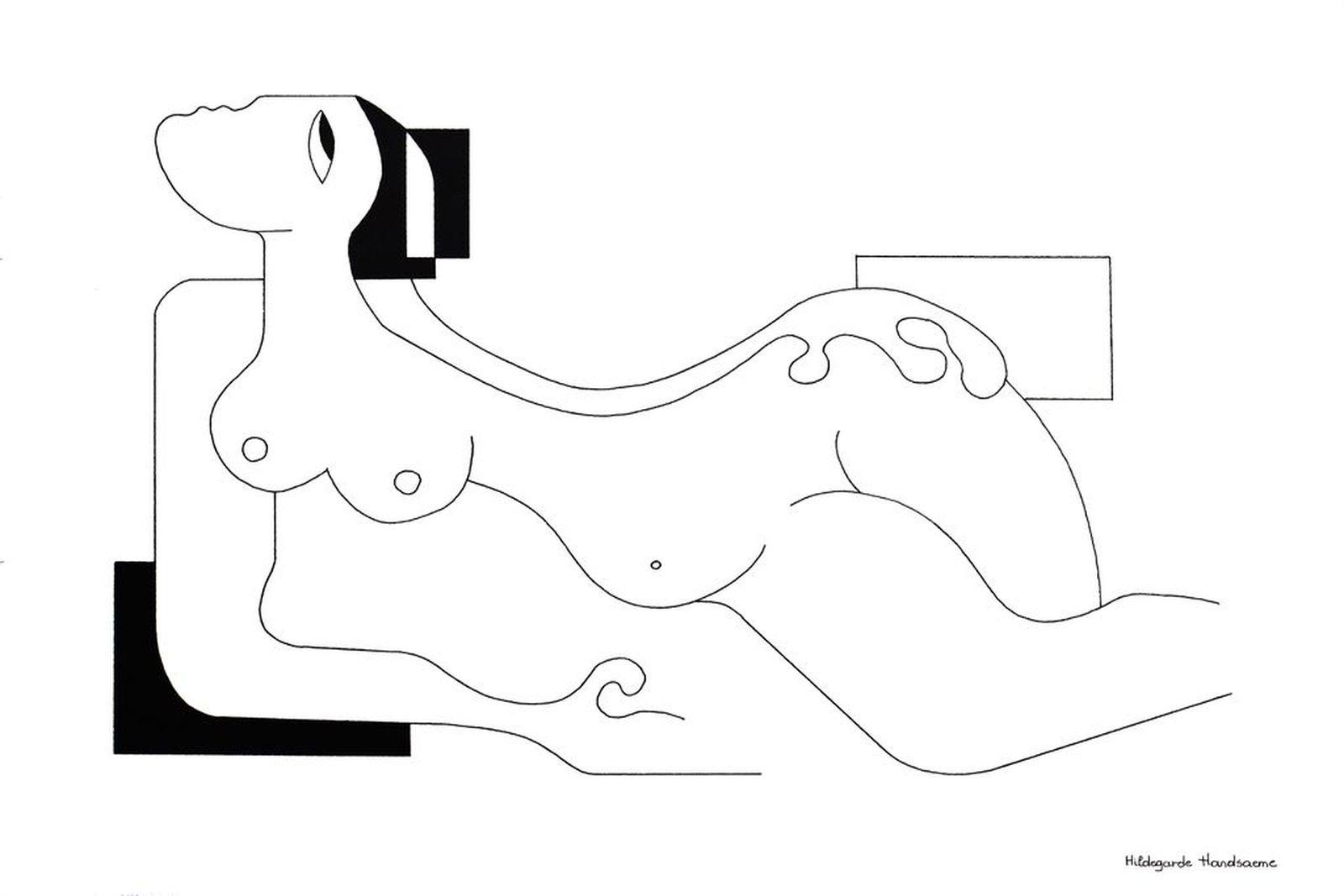The Rise of Minimalism
Minimalism emerged in the 1960s as a direct reaction against Abstract Expressionism, which had dominated the previous decade. Artists who laid the foundations of Minimalism were of the opinion that art had become overly indulgent, and they sought to strip art down to its barest essentials. The result was a cube here, or a touch of color there. A simple light. A few straight lines. Anything as long as it represented the simplest components of the world.
As Minimalist forebearer Ad Reinhardt (who actually fell in with the Abstract Expressionists, though his work had a recognizably Minimalist flavor) put it, "The more stuff in it, the busier the work of art, the worse it is. More is less. Less is more.”
Minimalist artists were more interested in the beauty of simplicity. It is what it is, each work seemed to imply. And viewers could enjoy it for being exactly that and nothing more.
The early artists to experiment with this new concept eschewed the term Minimalism, and in fact abhorred the creation of a “movement” altogether. Their whole intention was to remove the decadence that had become prevalent in art, and to eliminate the distance between the viewer and the art by cutting out meaning and high-brow ideas.
Instead, Minimalist artists were more interested in the beauty of simplicity. It is what it is, each work seemed to imply. And viewers could enjoy it for being exactly that and nothing more.
Minimalism really caught on when the realms of fashion, design, and theater realized its value. Suddenly its aesthetic became common in what we wore, where we worked, in our entertainment, and in our homes.




